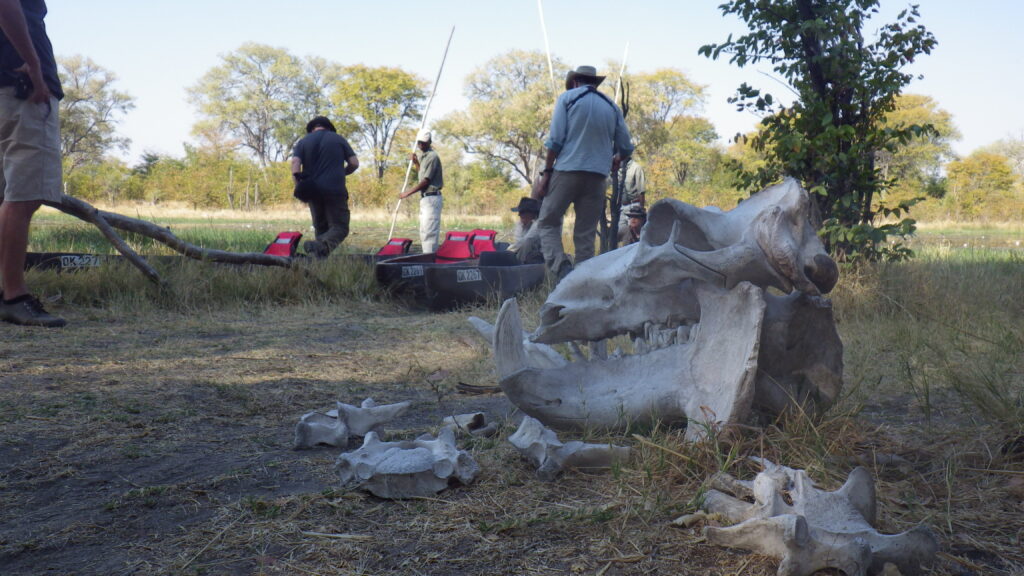Paleontology and Conservation Biology
Where the Wild Things Were strives to connect the paleontology of past animal losses with conservation concerns for modern wildlife. Although paleontology and conservation biology are often seen as separate disciplines, a new, interdisciplinary field—known as Conservation Paleobiology—is seeking to apply the tools and perspectives of paleontology towards understanding longer-term conservation issues, such as climate change and extinction. For example, comparing recent and current species extinction rates to those of the fossil record shows that a sixth mass extinction event is forecasted for Earth’s biota within the next few hundred years, unless current trends change. Conservation Paleobiology can also help wildlife managers decide where and how to reintroduce species. For example, chemical analysis of fossil California condor (Gymnogyps californianus) bones has shown that scavenging marine animals was an important part of their diet. This consideration is important for land managers analyzing suitable areas for condor reintroduction. The reintroduction of bison (Bison bison) and musk ox (Ovibos moschatus) in Siberia was done in part to restore grassland ecosystems that were known to be there during the Ice Age based on pollen records.

With Where the Wild Things Were, we seek to make a valuable contribution to the field of conservation paleobiology. We strive to help public and professional users understand the wealth of prehistoric information that is available for setting conservation goals and reversing species losses. With this broader perspective, we hope that you as a user are left both curious and inspired to act.

